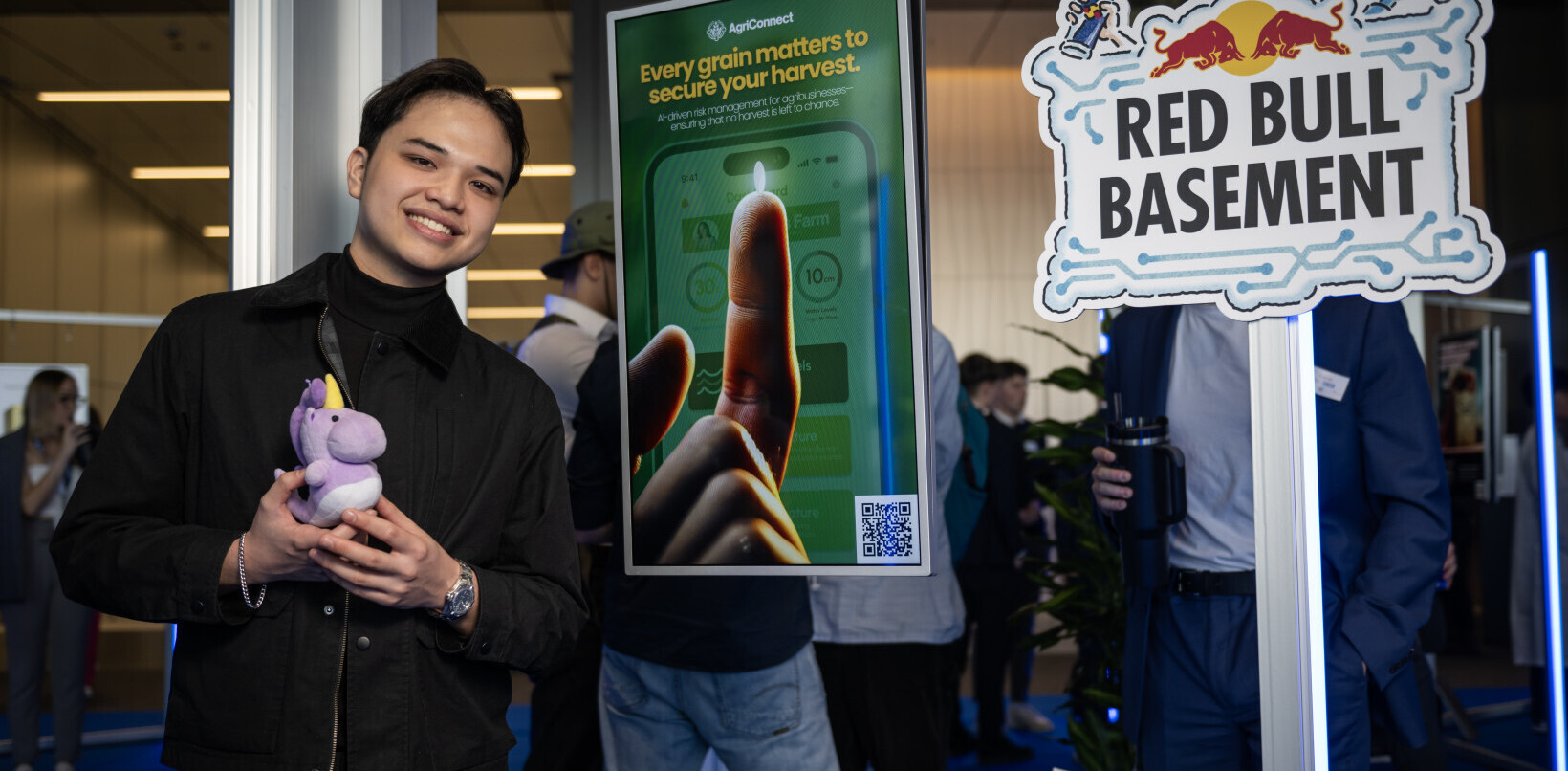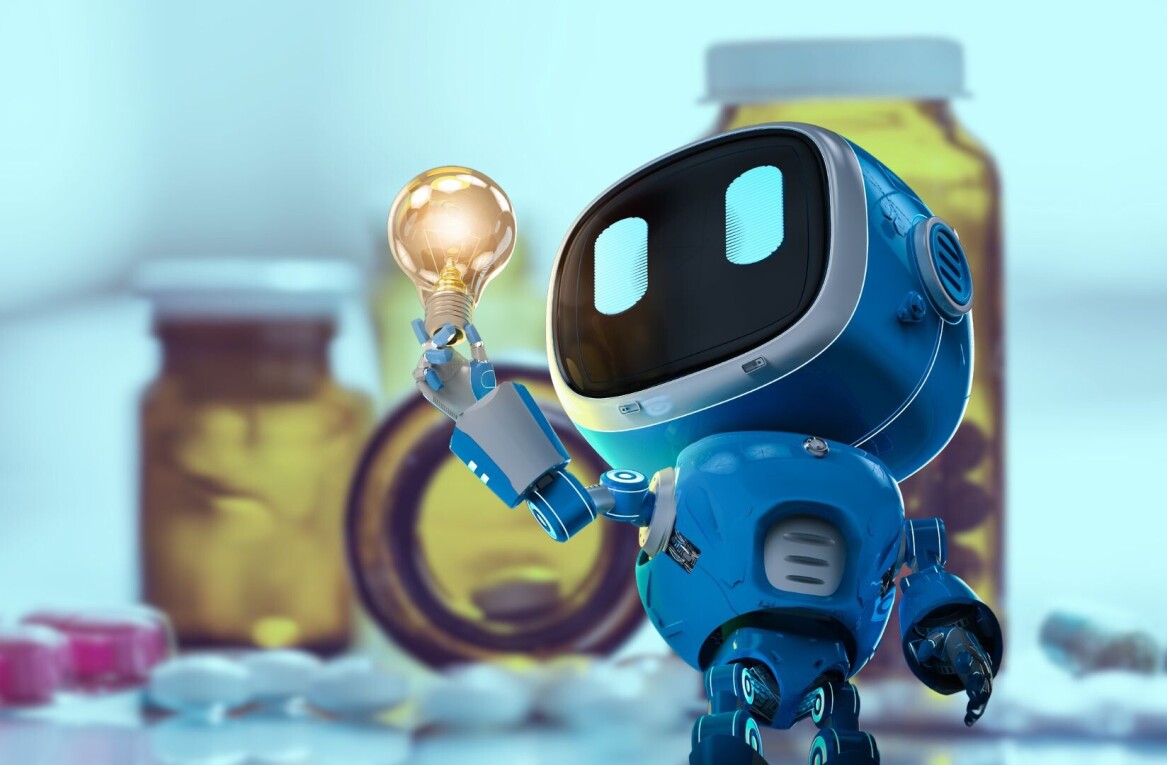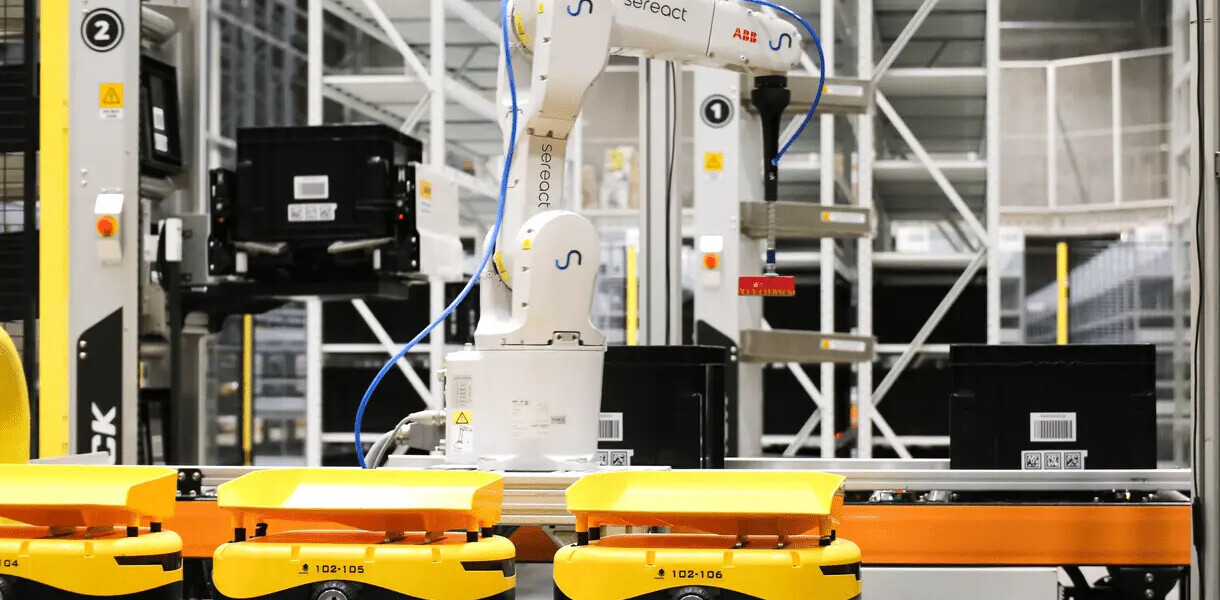
Do you absolutely hate having to deal with customer support? Would you rather not pick up the phone only to be put on hold and have to listen to an endless stream of Vivaldi’s Four Seasons?
Or, maybe you’d prefer to live chat with someone rather than talk on the phone at all. In fact, many businesses now offer their customers a live chat option.
But what if this option was manned by clever programs instead of humans? Would the experience be better or worse? Would a computer be able to engage in an intelligent conversation?
Moreover, have we even reached a point where artificial intelligence (AI) is able to take over the basic jobs that humans perform every day?
Chatbots — also known as talk bots, IM bots, or more fancifully, artificial conversational entities — are now officially a thing. These bots are essentially computer programs that have been written in such a way that they can simulate a human conversation.
Despite the recent rise in the deployment of chatbots in internet marketing, this technology is not new. Earlier chatbots include ELIZA, a chatbot from 1966, PARRY from 1972, and Jabberwacky from 1988.
The resurgent interest in AI has brought chatbots back into focus and given rise to the question of whether they can be genuinely useful in customer support as well as the and acquisition provision of information for business.
It is easy to tell them apart
As humans, talking is our primary means of communication. However, when we interact with machines, our communication is primarily through input devices like a keyboard and mouse.
Even though great advances have been made in the field of computing, this has, for the most part, remained unchanged so the ability of a machine to communicate like a human would be particularly significant.
If we could get information by simply talking to a computer like we do another person, it would remove any obstructions or challenges to using more complex computer systems.
This is where the Turing test comes into play. The eponymous test was devised by Alan Turing in 1950 to judge whether a machine demonstrates intelligent behavior.
As part of the text-based test, a human interacts with both another person and a machine. If they are unable to distinguish between the two, the machine has passed the Turing test.
Despite claims from several chatbot creators that their programs have passed the test, chatbots are not really been intelligent enough to deceive humans as of yet.
Chatbots taking over the world?
The best way to learn about something is to experience it first hand.
Cleverbot, a descendant of Jabberwacky also created by Rollo Carpenter, is a chatbot that has had more than 200 million conversations. As far as Chatbots go, it is a particularly clever one and was subject to the Turing test at IIT in India.
Here an example of a conversation with Cleverbot; though not exactly human-like, the conversation is quite engaging.
Cleverbot: I am not a fast typer your (sic) fast!
Tester: You can’t even spell now.
Cleverbot: You end some of your questions with a period!
Tester: So what?
Cleverbot: What do you want to talk about? Distract me?
Tester: When are you going to take over the world?
Cleverbot: I don’t know. Probably next week.
Industries already making full use of chatbots, include financial services, hospitality, medicine and real estate.
According to Business Insider, companies like Visa, Marriott, Allstate and Capital One have also hopped on the chatbot bandwagon. Some companies are using the technology to add functionality to their brands.
For example, as reported by Inc, Starbucks has built a chatbot into their application so that customers can place orders and get the total cost of their purchase. Lyft allows customers to order rides through a chatbot, while Fandango and Spotify make it easier to access entertainment.
Mastercard, like its rival Visa, has a bot that lets users access their accounts and know how much money they have been spending via Facebook messenger.
Most applications of chatbots have been for specific use cases; ultimately, chatbots haven’t really been able to replace human agents completely and their deployment has been, for the most part, as an adjunct.
Will chatbots replace humans anytime soon?
This is a pointed question with no clear answer.
While chatbots are increasingly being used by businesses to supplement to their existing customer support services, there are important considerations for replacing human customer support with chatbots.
We often engage with support staff when there is an issue that needs to be resolved urgently; in this regard getting help from a real person could be crucial.
As Eriko Watabe, Director at IR-Advanced Linguistic Technologies, tells us:
Chatbots are not likely to replace human customer support staff any time in the near future. In fact, they are only capable of handling simple formulaic tasks, and those programmes are not for something that requires in-depth communication or emotional feedback. If you were a customer who is angry about a service or wants to make a complicated deal, you would not be happy with the ‘customer support staff’ that mechanically returns fixed answers. Chatbots also tend to be inefficient in providing solutions to unpredictable issues.
However, we are moving towards a future where chatbots will have a sizeable role in customer support.
Reflecting on this problem, Lenka Bajčetić, a university research fellow at the Computational Lexicology and Terminology Lab (CLTL) at VU University Amsterdam says that while chatbots will definitely take over some customer support roles, it won’t be all of them.
“I would say never, because there will always need to be at least a few people who will need to create and maintain the bots, thus being effectively in customer support”, she tells us. “In customer’s eyes, there is still more appreciation for a real human which will listen to their problems.”
Bajčetić, who is also an MRes student of human language technologies, added “So I think at the top level there will always be “real humans” at customer support.
However, the 90% below, let’s say, will soon be replaced by bots.
Benefits for this are many: working at customer support is a stressful job due to constant exposure to annoyed customers – this is not a problem for a bot. Having to answer the same questions over and over again – also not a problem for a bot.
No sick days, no rudeness, no potentially hurt feelings – all are the reasons why in my opinion having bots take over customer service is a good thing.”
What does the future hold?
At the moment, chatbots have limited uses and while the technology shows a lot of promise, only time will tell whether we are going in the right direction with these type of programs.
They may ideally develop into something decisively useful or, conversely, remain a technological novelty with nothing truly substantial to offer.
We asked Eriko Watabe what exciting applications chatbots might have in the near future; reflecting on the possibilities, he expressed that:
This is a rather difficult question to answer due to the limitations of chatbots. It all depends on what you expect from chatbots at the end of the day. It could, however, be exciting if a chatbot managed to pass the Turing Test.
When asked about their usefulness and the role of natural language processing in making them more effective, Lenka Bajčetić explained, “I notice that the “younger generation” — to which I belong as a 23-year-old — prefers texting to phone calls.
I can assume that this trend might continue, so in a few decades perhaps chatbot interfaces will be preferred to talking to actual people. Natural Language Processing is essential for allowing these chatbots to use language like humans do — with many varieties and different ways to say the same thing.
Basically, NLP is the key if we want chatbots to understand Natural Language, as opposed to just communicating with them through programming languages.
Thanks to the progress of NLP tools we are slowly approaching the moment when we create a chatbot that can truly understand you, as opposed to just memorizing tons of different question-answer pairs and trigger words.”
Chatbots will rise to the challenge
The primary reason why chatbots will likely be important in the future is not that they will be more intelligent or have the capacity to replace human customer support but because they provide an interesting interface for humans to deal with an abundance of data.
Instead of having to manually sift through the sheer amount of information that is available on the internet, we can simply use chatbots for what we need and let them do the searching for us.
The fact that chatbots can be integrated into platforms such as Facebook, Slack and Telegram also make it possible for businesses to go directly to the people rather than waiting for customers to turn up to their web stores.
Cited in Forbes, Alex Attinger, CEO of Social Limited, expressed his opinion on how companies can harness the true potential of chatbots:
Companies will begin to see the true potential of automated conversations at scale, not only for customer support and retention but also acquisition. Integrations with legacy systems will increase, and messaging platforms such as Facebook Messenger will gradually become the homepage of the web for millions of users. Bots are not meant to replace humans, but they will bridge the gap between brands and consumers in ways that no other marketing platform has been able to do before.
This post was written by Shivdeep Dhaliwal for Binary District, an international сollaborative technology community which creates unique competency-based workshops and events on new technologies. Follow them down here:

Get the TNW newsletter
Get the most important tech news in your inbox each week.




